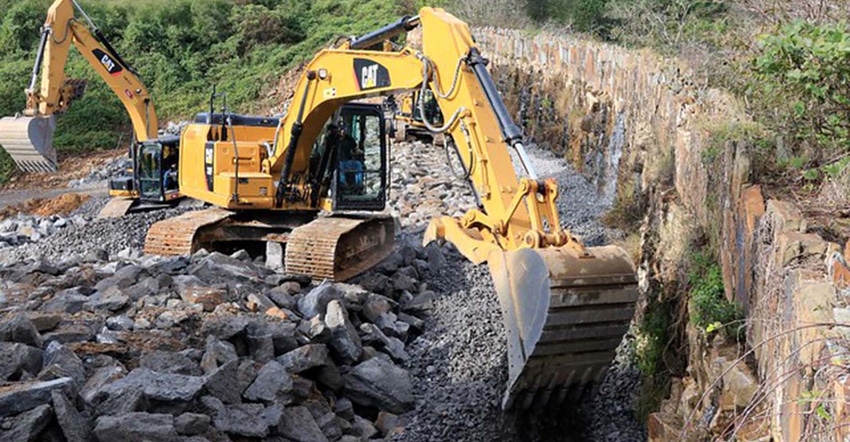May 16, 2019

Record rainfall and floodwaters in April 2017 caused the downstream face to erode on Lake Bennett’s 80-year-old dam. The lake, in Wooley Hollow State Park in Faulkner County, Arkansas, is named for Hugh Hammond Bennett, the first chief of USDA’s Soil Conservation Service, today known as the Natural Resources Conservation Service.
Without repair, the erosion could cause the dam to burst, washing out roads, flooding the Park Ranger’s home, and releasing tons of sediment. The community turned to the NRCS for help.
“Funding through the Emergency Watershed Protection Program helped to rebuild the back slope of the dam to its stable, pre-disaster condition,” said Walt Delp, state engineer for NRCS in Arkansas. “Being able to work on a project 80 years after our agency’s founder established has been an honor.”
NRCS partnered with the Arkansas Department of Parks and Tourism on the Lake Bennett EWP project. Sharing the cost for construction, NRCS also provided engineering assistance and ADPT provided administrative support.
EWP allows communities to address serious and long-lasting damages to infrastructure and to the land by assisting local sponsors to prevent of further damage from natural disasters.
Preserving the history
Making the repairs to the dam also preserved an important piece of conservation history. Lake Bennett watershed project was built in 1935 in partnership with the Works Progress Administration and Civilian Conservation Corps to study the effects of water run-off, silt, and erosion.
This was the first project in the United States built to scientifically study a specific watershed. As a result of these studies, a new philosophy of land management was born.
Principles tested at Lake Bennett laid the foundation for soil conservation practices considered common today. Strip cropping, terracing, crop rotation and planting soil-retaining vegetation are soil protection methods used nationwide.
“With the historical significance of the structure and the impact it has had on soil conservation across the country, I’m thankful I had a part in ensuring that the dam is here for years to come,” Delp said.
Source: USDA, which is solely responsible for the information provided and is wholly owned by the source. Informa Business Media and all its subsidiaries are not responsible for any of the content contained in this information asset.
You May Also Like




